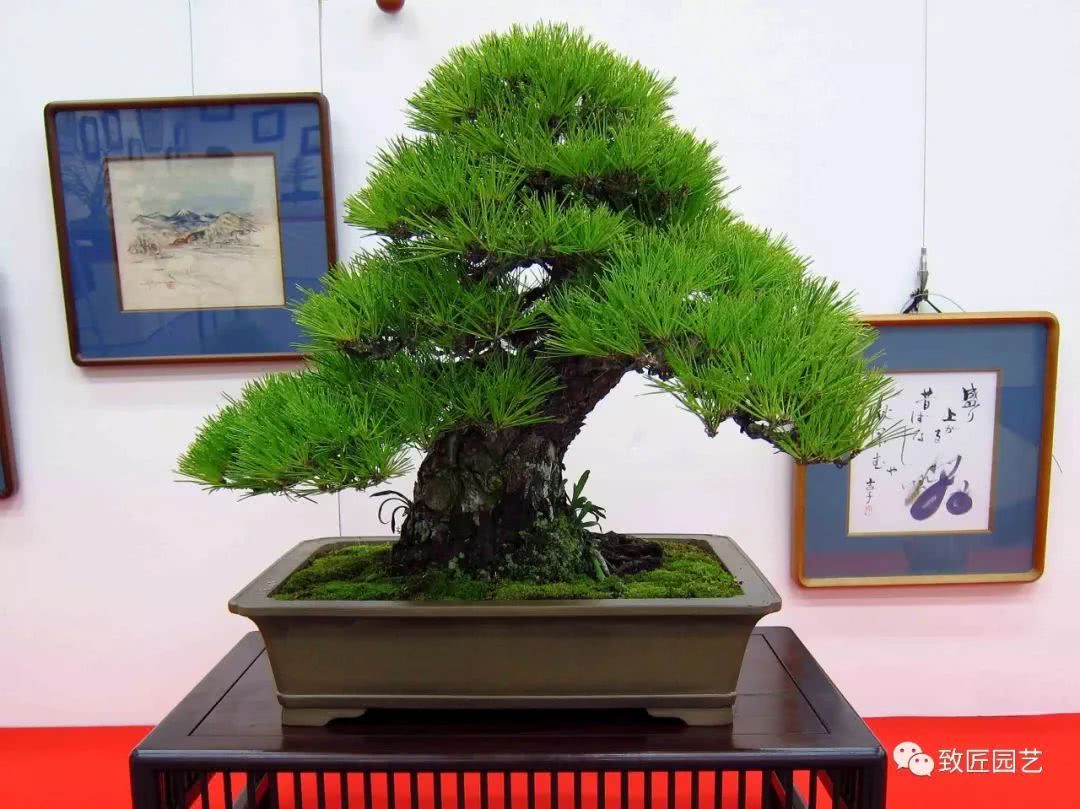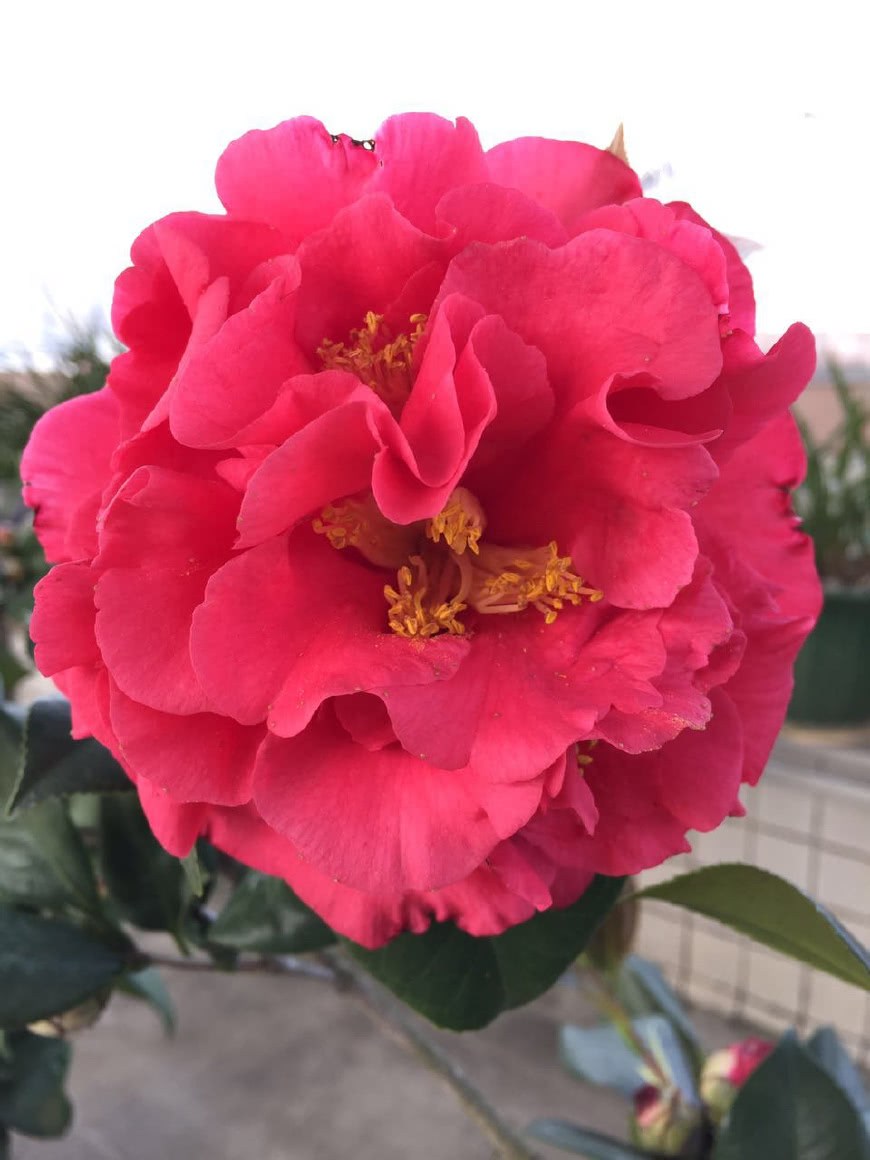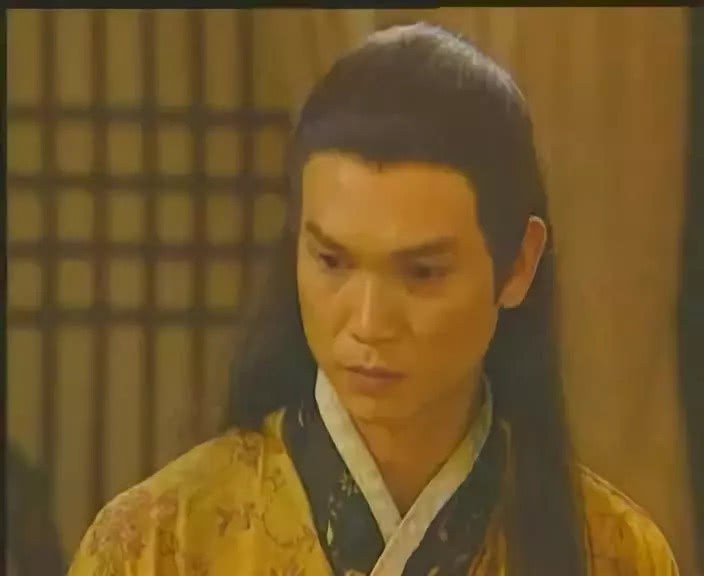Cold reflection on the present situation of Bonsai in China

Bonsai originated in China. The prototype of Chinese bonsai, that is, the tomb frescoes of the Eastern Han Dynasty (AD 2550-220) unearthed in Wangdu, Hebei Province, are painted with potted plants, potted scions and several trinity potted plants, while in the tomb mural of Prince Zhang Huai in the Tang Dynasty, there is a bonsai shape formed by an ingenious combination of pots, trees and stones. For this reason, experts agree that Chinese bonsai was formed in the Tang and Song dynasties and flourished in the Ming and Qing dynasties. At the same time, it is also believed that after the Revolution of 1911, the continuous Revolutionary Civil War and the invasion of Japanese imperialism restrained the development of bonsai art to a certain extent. After the founding of New China, the party and the people's government attached great importance to the inheritance and innovation of traditional art, especially in the 1980s and 1990s. after entering the 21st century, bonsai development all over the country has embarked on the fast lane, and the situation is very gratifying. The most prosperous period in history has come, which has become a consensus of people of insight in the industry.
Looking at the history of the development of Chinese bonsai, bonsai art, like other traditional arts, its rise and fall is directly related to the development of politics and economy. After the liberation of the whole country, under the guidance of the party's literary and artistic policy of "letting a hundred flowers blossom and a hundred families contend", bonsai gardens have been established in Suzhou, Guangzhou, Hangzhou, Wenzhou, Yangzhou, Chengdu, Shanghai and other cities, and the skills of a number of veteran artists have been inherited. The party's policy of reform and opening up, the rapid development of the economy and the improvement of people's living standards have effectively promoted the development of bonsai art and cause, especially after history entered the 21st century, the development trend is even more exciting and inspiring. People in bonsai circles have seen and heard these changes. In 1977, Shanghai bonsai first entered the Hong Kong market; in 1982, Jiangsu bonsai art exhibition was held in Hong Kong and was well received; in the same year, Chinese bonsai participated in the Holland International Horticultural Exhibition. Subsequently, he organized several delegations to Germany, Japan, France, Singapore and other countries and regions to participate in exhibitions, as well as to participate in the biennial bonsai and stone appreciation conference and exhibition in the Asia-Pacific region. The quadrennial Chinese bonsai evaluation exhibition has been held for six times, and more than 20 provinces, municipalities and autonomous regions have participated in the exhibition, reaching 100 cities. At the same time, following the Shanghai Bonsai Museum, Jiangyin Township Bonsai Museum and Yangzhou Bonsai Museum have been completed and opened successively. Private bonsai gardens for profit have sprung up like bamboo shoots after a spring rain, and bonsai has entered the market as a new industry. in recent years, some entrepreneurs have taken the pleasure of collecting top-grade bonsai for fun, improving the grade, taste and artistic value of bonsai. Frequent exchanges among bonsai circles at home and abroad, such as the president and vice president of the International potted Plant Association, the president of the European potted Union, the Japanese potted plant Sheng Kimura, and the Taiwanese expert Zheng Chenggong have been invited to visit or give operation demonstrations. Hu Yunhua, Wei Jinsheng, Zhao Qingquan and other countries and regions have also gone to the United States, Canada, Australia, the Philippines, Malaysia and other countries and regions to give lectures and lectures. Even the folk spontaneously organized groups to inspect Japan, and bonsai exhibitions on both sides of the Taiwan Strait and bonsai exhibitions in Guangdong, Hong Kong, Macao and Taiwan continued one after another; Yangzhou Hongyuan also formed a friendship park with the bonsai art garden on Jeju Island in South Korea; and opportunities to learn from each other increased. New people and new works continue to come out, local tree species and resources are fully utilized, the regional and style characteristics of bonsai are diversified, and the personality is more prominent. The theoretical research on bonsai has been fruitful. "Chinese bonsai", "essence of Chinese contemporary bonsai", "appreciation of Chinese bonsai", "Collection of famous Chinese bonsai gardens" and bonsai albums of Zhejiang, Fujian, Hubei and Anhui have been published one after another. it is also a summary of the experience of regional bonsai; and so on. In short, Chinese bonsai has shown unprecedented prosperity, which has laid a good foundation for the development of Chinese bonsai and created a rare opportunity.
These brilliant achievements are indeed smug. However, behind these prosperity, there are also some disharmonious and neglected phenomena and problems, if we do not pay enough attention to them, correct them in time, and formulate effective measures and methods, it will interfere with and affect the increasingly promising development trend of bonsai. Therefore, we must reflect calmly, make full use of our strengths and avoid weaknesses, grasp the direction, and ensure the healthy development of Chinese bonsai art. The author believes that the existing tendencies and problems are mainly shown in the following aspects: first, the aristocracy of bonsai. Some entrepreneurs and collectors are generous, as long as they like it and buy it at a large amount of money, or even directly import or smuggle it from Japan, Taiwan and other countries and regions, they have greatly raised the price of bonsai without a shadow, and have a greater negative impact on the bonsai market. Second, heavy pine and cypress light miscellaneous wood. In large-scale exhibitions, award-winning pines and cypresses account for a high proportion, while the proportion of elm, sparrow plum, triangular maple and some local tree species is limited, which has an impact on the development of local characteristic tree species. Of course, miscellaneous wood bonsai and pine and cypress are incomparable is another reason, but the consequences may produce preference for one over the other, suppressing the development of local miscellaneous wood bonsai. Third, the modelling advocates the day platform. At present, in terms of shape and style, there is a tendency to pursue Japan and Taiwan as fashion, including adopting "silk carving" for pines and cypresses, forcibly changing their natural pile shape, and even inviting experts to demonstrate in China. and there is a trend to use this as a measure of bonsai art standards, ignoring the local style and characteristics of Chinese bonsai. Fourth, the techniques are simple and avoid complexity. Nowadays, there are few works that really reflect the traditional climbing techniques, especially the brown methods of the typical Yang School and Sichuan School, which are mostly replaced by wire binding. The former is tedious and requires high basic skills, while the latter is simple and easy to learn. Ignore the inheritance and development of traditional techniques. Fifth, the development of types is uneven. Bonsai is divided into two categories: trees and landscapes, and landscapes also include bonsai. In the bonsai world at home and abroad, bonsai seems to refer to bonsai trees, but the actual situation is that trees are more important than landscapes, resulting in landscape bonsai works lagging behind. However, landscape bonsai is a type of bonsai with the most Chinese characteristics, which can reflect poetic and picturesque feelings and its cultural connotation. Sixth, lack of communication and training. There are not many people in domestic bonsai circles know about the current situation and trend of bonsai and its skills in the world, what is the status of Chinese bonsai in the world bonsai world, whether there are gaps and deficiencies, and how to maintain the advantage of China as the birthplace of bonsai in the world. there are two reasons: first, the relevant departments at higher levels have few opportunities to go abroad to participate in exhibitions, inspection and observation, and focus on a few cities. However, the domestic evaluation exhibition is limited to once every four years, and there is a lack of professional exchanges and discussions. The guiding and functional functions of trade associations have not been brought into full play. Second, the propaganda-oriented content of professional magazines, newspapers and other media has some limitations. In addition, when praising the new works of young and middle-aged people all over the country, how to improve their quality, cultivation and skills, and how to train reserve backbones must be put on the agenda at a high level. At the same time, the experience summary of the masters of the older generation should not be ignored, and it should be compiled and published if possible, so as to serve as a link between the past and the future. And so on. All these are related to the development prospects and sustainable development of Chinese bonsai. The author hopes to attract the attention of senior officials and people in the domestic bonsai industry, turn worry into joy, and maintain the sustained and good development momentum of Chinese bonsai.
Thinking about the above problems does not lie in the raising of the problem, what is more important is to put forward suggestions and methods to solve the problem, so that it can get a more ideal practical effect, which is the most important topic. Here, the author puts forward some superficial and immature suggestions.
I. recognize the situation and acknowledge the gap
In the face of the trend of the rapid development of bonsai in the world, and in connection with the current situation and reality of Chinese bonsai, the upper echelons of Chinese bonsai should think calmly and find out the position and role of Chinese bonsai in the world of bonsai. What are the advantages, disadvantages and gaps? put yourself in the right place. To a certain extent, the saying that "China is the mother of bonsai in the world" has become history, and we must not masturbate and become arrogant. It can be regarded as a "patriotic education" of bonsai, which launches a big discussion in the bonsai world and reflects and evaluates it realistically. Only by facing up to the reality and admitting the gap can we arouse and inspire the Chinese bonsai community to work hard to rebuild the image of Chinese bonsai and maintain the honor and status of the founder.
Second, inherit the tradition and give full play to our advantages
Bonsai as a kind of traditional art, like other arts, the more traditional it is, the more representative it is of the country and region. China's nearly 2000-year history of bonsai development, especially the various schools and styles that have been formed, is the crystallization of the history and culture of bonsai in a region, which is undoubtedly commendable and should be well inherited rather than abandoned. At the same time, it should be admitted that China does not have no advantages in bonsai. For example, in terms of bonsai, pine and cypress are worse than Japan, while miscellaneous trees are slightly better; and poetic landscapes, especially bonsai trees and stones, have unique Chinese characteristics and stand out from the crowd. As another example, Japanese silk carving can exist as a form of expression, but it is not easy to imitate too much, and it is not worth pursuing, because it violates the principles of nature and has obvious artificial traces, while Chinese Shuligan is a perfect combination of nature and art. it shows the personality of tree stump and has higher value. In short, we must give full play to our strengths and avoid weaknesses, give full play to our strengths, go our own way, and be free from any external interference and influence.
Third, adhere to science and encourage innovation
There is no doubt that the scientific concept of development should also be promoted in the bonsai world. For example, in the bonsai matrix, management means, pruning tools and other aspects, it is an important aspect of the gap between domestic and foreign countries. To change this situation, it is very important to integrate into the management of bonsai with a scientific attitude and scientific method, and to create conditions to gradually create conditions and lay a foundation for the scientific management of bonsai. While inheriting and maintaining the traditional techniques and style, we should encourage innovation and choose from it, take its essence and discard the dross, such as the literati wood and inkstone bonsai that appeared in the last two exhibitions, which have been recognized by the bonsai community and have a unique style and charm, giving people a sense of freshness. It is suggested that in the national exhibition, while setting up the traditional award, the innovation award can be set up specially to make a new breakthrough in the idea, form and skill of bonsai, as well as bonsai, so as to prosper the innovation of bonsai.
IV. extensive exchanges and pay attention to training
Whenever there are major events or activities of bonsai at home and abroad, the relevant departments should not only convey information, but more importantly, regard it as an excellent opportunity for exchange and observation. If it is domestic, it should organize experience exchange, special lectures or seminars, master demonstration operation, etc., and make full use of the opportunity of national peer gathering to give full play to its special function. If it is foreign, the association should make suggestions to the administrative department, and strive to organize delegations to participate in the exhibition or observe and study, broaden their horizons, feel the pace of the development of bonsai in the world, and learn from their strong points and make up for their own shortcomings. it is possible to keep up with or keep pace with the development of bonsai in the world. In addition, bonsai technicians from all over the country should also be provided with an opportunity to improve their level and carry out further studies, just as they can take an examination of graduate students after graduating from a bachelor's degree, pay attention to the training of senior bonsai talents and create necessary conditions for their further studies. The Ministry of Construction and the provincial department of construction with conditions should consider and train them in a planned way from a long-term and developmental perspective, which should be a hundred-year plan for the development of bonsai in China.
Fifth, work together to create resplendence
At present, there are mainly two organizations and two authoritative exhibition activities in the domestic bonsai world, which belong to the Ministry of Construction and the Ministry of Agriculture respectively. In order to catch up with and exceed the level of bonsai in the world, the two organizations should strengthen their ties, break the "threshold view", seek common development prospects, make use of their respective advantages and powers, and achieve the sharing of resources and talent technology. For example, the land, materials and labor force of the Ministry of Agriculture can be used as a new industry to promote the adjustment of the industrial structure of a region and make Bonsai enter the domestic and international markets. The Ministry of Construction has the advantages of bonsai professionals and technology, and the combination of the two advantages can promote and promote the development of China's bonsai industry, achieve the goal of reviving its prosperity and creating resplendence together, which is probably the need of the situation and the common aspiration of people in domestic bonsai circles.
The above is the author's thinking on the current situation of Chinese bonsai, more superficial, not necessarily to the point, just want to use this article to throw a brick to attract jade. The author believes that the better the situation, the more it is necessary to keep a cool head, to correctly deal with the achievements and existing problems, and to find ways and measures to solve the problems, so as to avoid detours as far as possible, in order to arouse resonance. I call on everyone to make concerted efforts to make due contributions to revitalizing Chinese bonsai and establishing the new image that Chinese bonsai is the founder of bonsai in the world.
Wonderful content
- Prev

This potted plant has large, colorful and beautiful flowers like a peony flower with a long flowering period and can be used as a bonsai.
Guide green potted plants is a necessary embellishment of home life, raising some flowers and plants at home, many benefits, not only can beautify the room, but also happy mood. "Hua Sheng potted Diary No. 1285" will introduce you to a beautiful peony-like flower. Today.
- Next

This animal with more than 200 houses and 450 acres of forest is being eaten to extinction.
When it comes to pangolin, most people will think of "he" in "East Travel": or it in "Gourd Baby": in fact, the real pangolin looks like this. As a scaly burrowing animal, pangolin has developed a body since childhood...
Related
- Wuhan Hospital Iron Tree Blooming Result Was Instantly Frightened by the Gardener Master
- Which variety of camellia is the most fragrant and best? Which one do you like best?
- What is the small blue coat, the breeding methods and matters needing attention of the succulent plant
- Dormancy time and maintenance management of succulent plants during dormancy
- Minas succulent how to raise, Minas succulent plant pictures
- What are the varieties of winter succulent plants
- How to raise succulent plants in twelve rolls? let's take a look at some experience of breeding twelve rolls.
- Attention should be paid to water control for succulent plants during dormant period (winter and summer)
- Watering experience of twelve rolls of succulent plants
- Techniques for fertilizing succulent plants. An article will let you know how to fertilize succulent plants.

